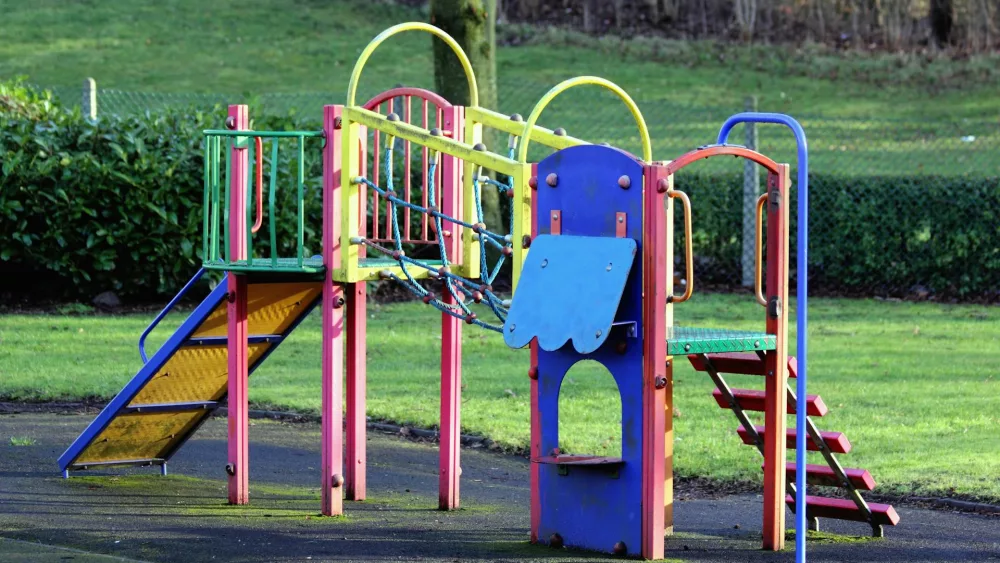The impact of slower automobile sales across the nation is finally being felt in the West Michigan Industrial Economy. That’s the over-arching assessment from Professor Brian Long at the Institute for Supply Management at Grand Valley State University in his latest monthly snapshot of manufacturing in West Michigan.
Long calls the July report “Slower Growth,” saying, “After six months of disappointing car sales, the impact on our local auto parts suppliers is finally being felt by the West Michigan economy.” Long quickly adds, however, “It’s not a collapse, just a modest tapering of the growth rate…and growth is still growth.”
Dr. Long is the Director of Supply Chain Management Research at Grand Valley State University in Grand Rapids. His latest survey of West Michigan manufacturers took place over the last two weeks of July, as has become his standard methodology. He says that according to the results, his closely watched New Orders Index, which tracks business improvement, came in at +8 for July, “considerably below last months’ robust +31.” He cites a little less of a drop felt by the Production Index, which eased to +6 from a +26 reading the month before.
Long says activity in the purchasing offices produced a Purchasing Index that tapered to +12 from the previous +22. Meanwhile, inventories remained stable and “well managed,” with the Finished Goods Index rising to +5 from +0, and the Raw Materials Inventories Index edging lower to +4 from +11.
When Professor Long turns his spotlight onto individual industries in the West Michigan economy, he says “The business conditions for the auto parts suppliers has turned mixed, primarily based on the specific car or truck lines that the survey respondents firm is supporting. Some firms are still very strong, but others have been forced to cut production because of slow vehicle sales.”
The office furniture industry is “still stable,” according to Long’s report, “and the bias remains on the up side.” The capital equipment market remains mixed, and the slowdown in the auto parts industry has resulted in the cancellation of further expansion by some firms. For the industrial distributors, the bias is to the up side largely due to summer maintenance schedules.
Long also notes that most of the comments from his survey participants remain positive, and you can read some of the verbatim anecdotal comments culled from Long’s report to give you a snapshot of what the manufacturing community is saying across West Michigan.
Long also reports that for non-industrial firms, many segments of the West Michigan tourist industry are poised to have a record year, and the agricultural industry will have a good year as well, assuming the weather for the remainder of the growing season cooperates.
In his overall assessment of the market, Long says things are “still clearly positive, but the temporary surge of the previous few months appears to be over. In fact, a slow growth reading of +8 (in the New Orders Index) is what I had expected for most of 2017.” He adds, “Our Employment Index backtracked to +20, but is still very strong.” He also points out, “I have noted for many months that employers have complained about not finding new workers with technical skills. Several firms are now getting complaints about being unable to find production workers who can do the job, despite offering $18-$20 per hour to start.” He concludes, “The problem, of course, is that these jobs are industrial jobs and do not involve sitting in an air conditioned office moving a computer mouse.”
Despite the softening growth patterns, Long says, “Fortunately, our survey of business optimism upticked in July, with the Short Term Business Outlook Index, which asks local firms about the perception for the next three to six months, remained virtually unchanged at +33.” However, he notes, “The Long Term Business Outlook Index bounced to +50 from +37, out best reading in almost three years.” He wraps that part of his report by suggesting that, “So far, the local economy appears to be shrugging off the slower auto sales, perhaps because the impact has still not been noticed by our local auto parts suppliers.”
Here is a sampling of the verbatim, anecdotal comments shared in Long’s report by specific members of the manufacturing industries:
- “We just cannot quite turn the corner.”
- “We believe our business will see a little bit of a slowdown due to excessive car inventories.”
- “There was really no movement on anything this month.”
- “The see-saw continues. May was up nicely, but June was down by the same amount. It’s hard to say where July will come out. It may be somewhere in between.”
- “HR is still having trouble finding people to fill positions on the production floor. Office staff have been on the production floor part time 1-2 days a week, and have been asked to volunteer to help work on weekends.”
- “Last month was very busy. However, we have slowed down for the first two weeks of July. It looks like things will pick up for the last two weeks of July and all of August.”
- “Staffing up to support business growth is restricted by availability of labor pool.”
- “Things have slowed through the month of July but not much more than expected. We’re still looking for good candidates in some of the trades and technical positions.”
- “We have now had two months straight of declining sales orders, but are looking to break loose soon.”
- “We experienced a 10% drop in our orders through the month compared to what our initial forecast was. We will see what August brings.”
- “Business remains steady.”
- “Business remains very strong in 2017, but 2018 and beyond are starting to become questionable.”
- “Recent automotive comments regarding a ‘leveling off’ of business have caused some of my customers to drag their feet on major capital outlays for a while.”
- “Contractors are having a hard time scheduling all their projects in order to complete by October 1. We’re having a busy July with preparations being made for winter operations.”
You can read Professor Long’s complete report by clicking the link below:






